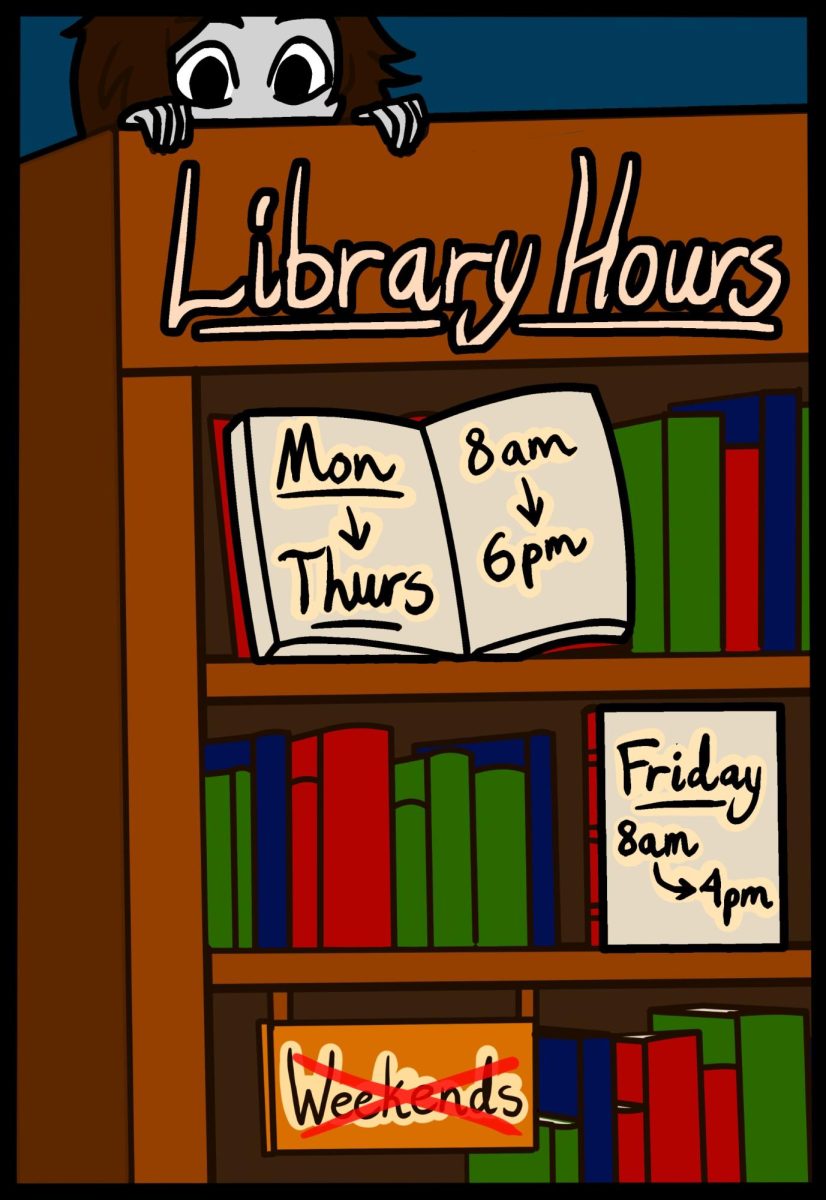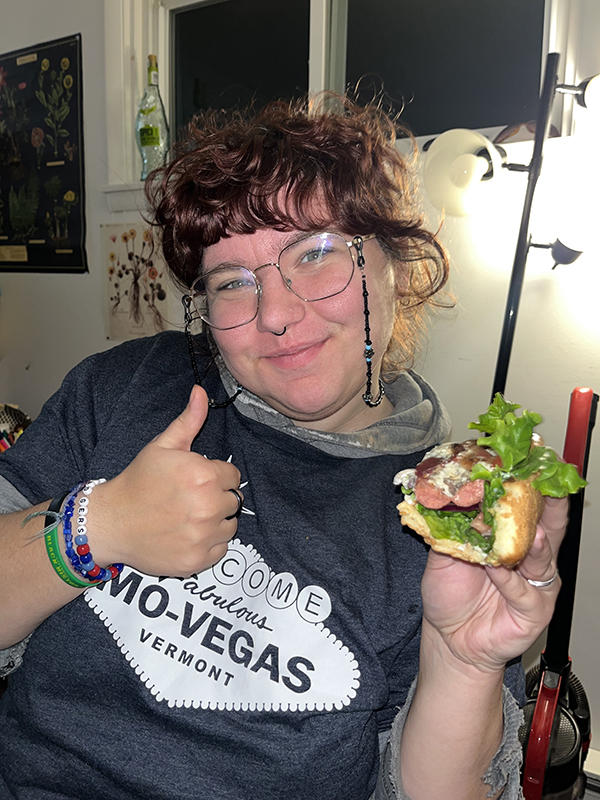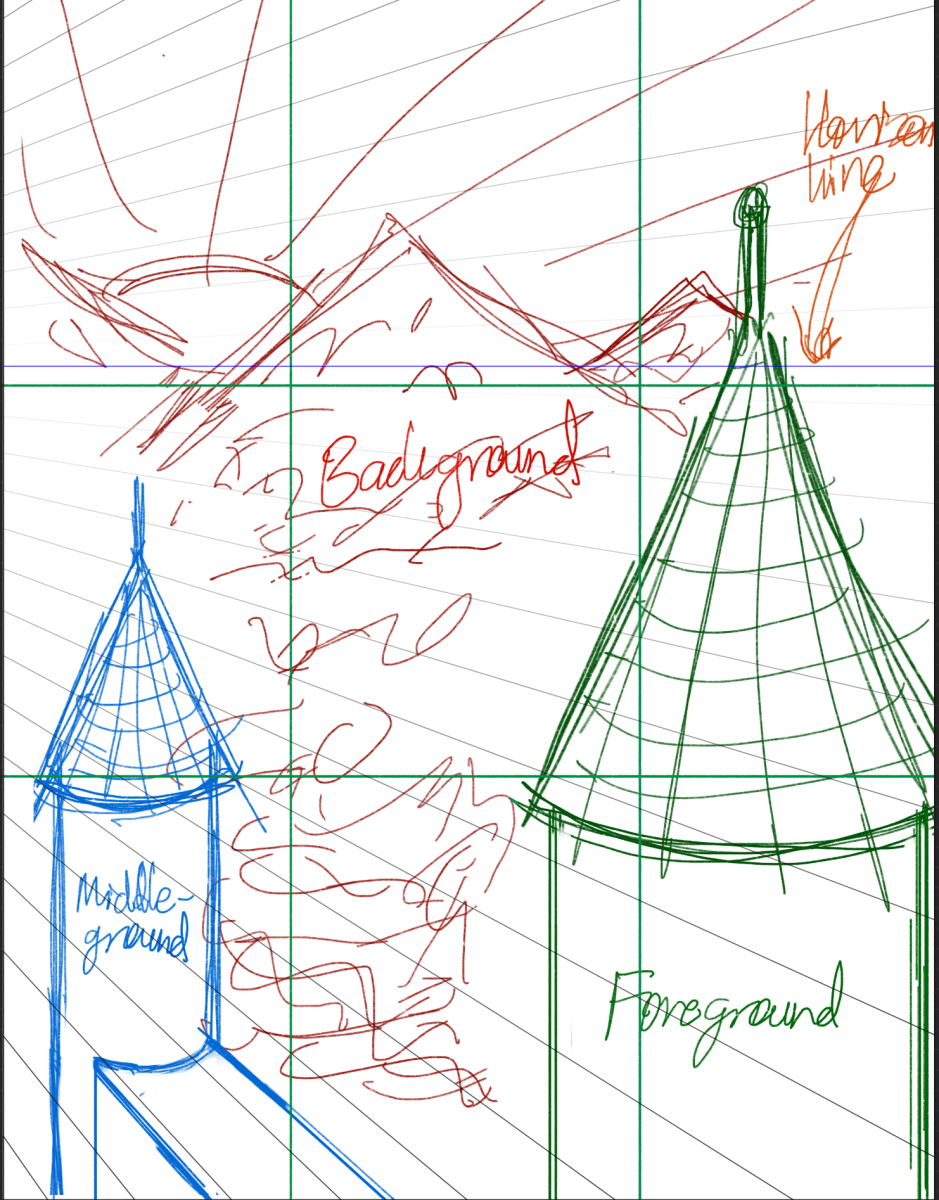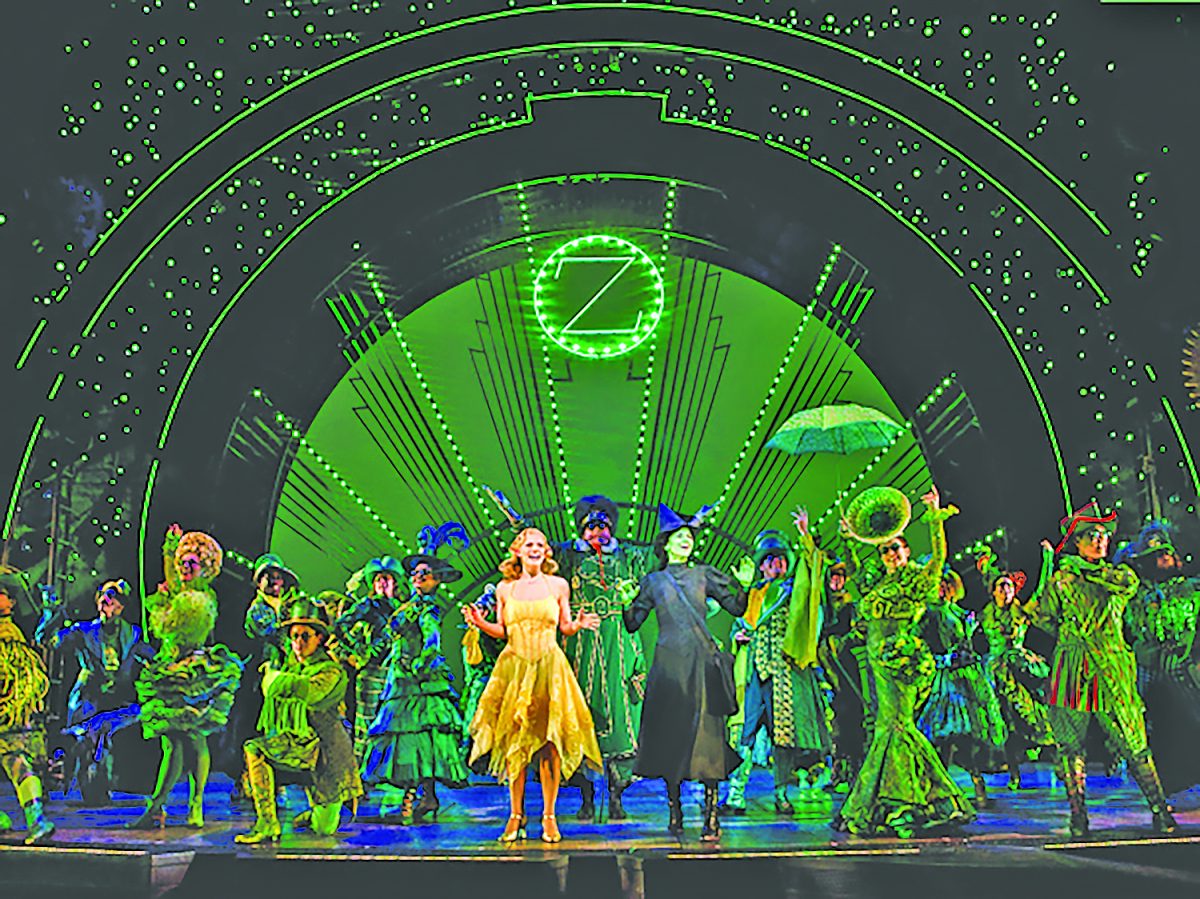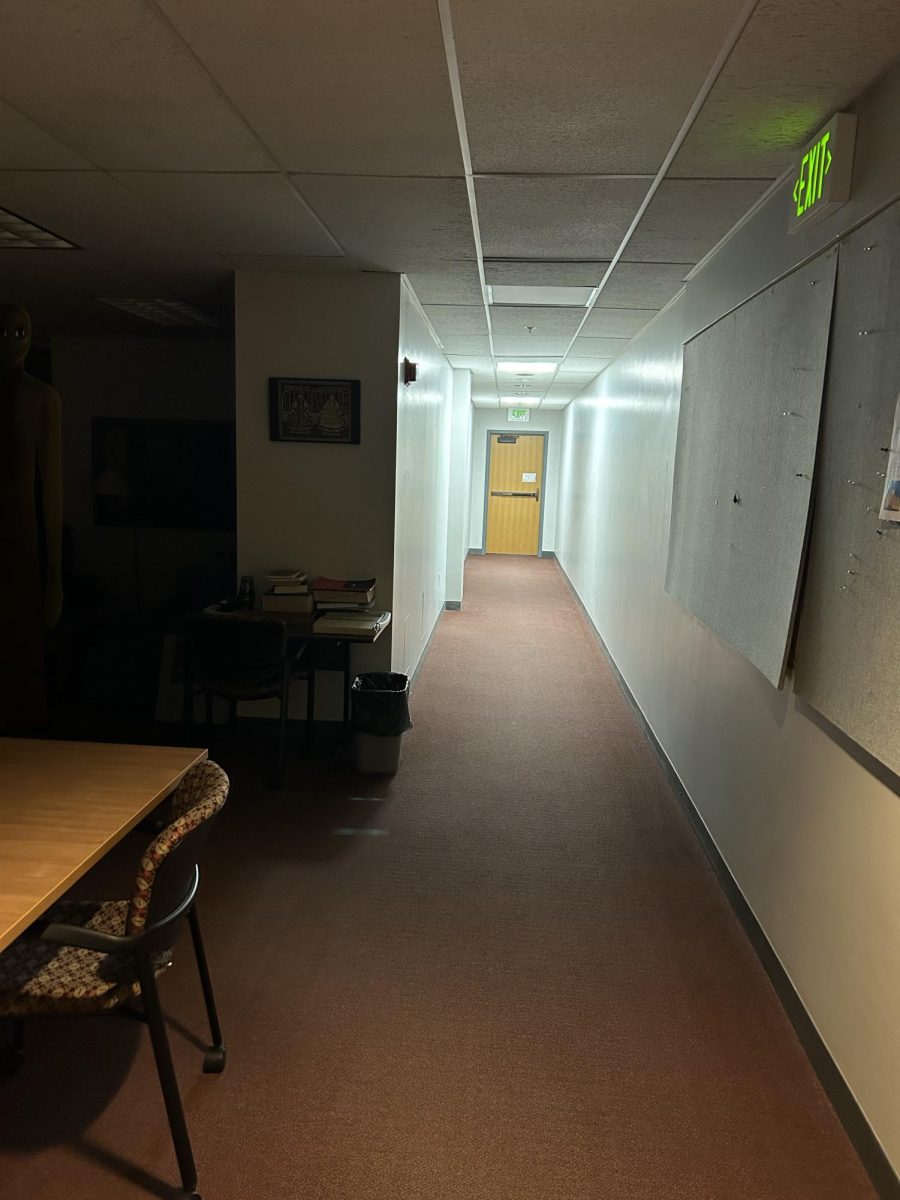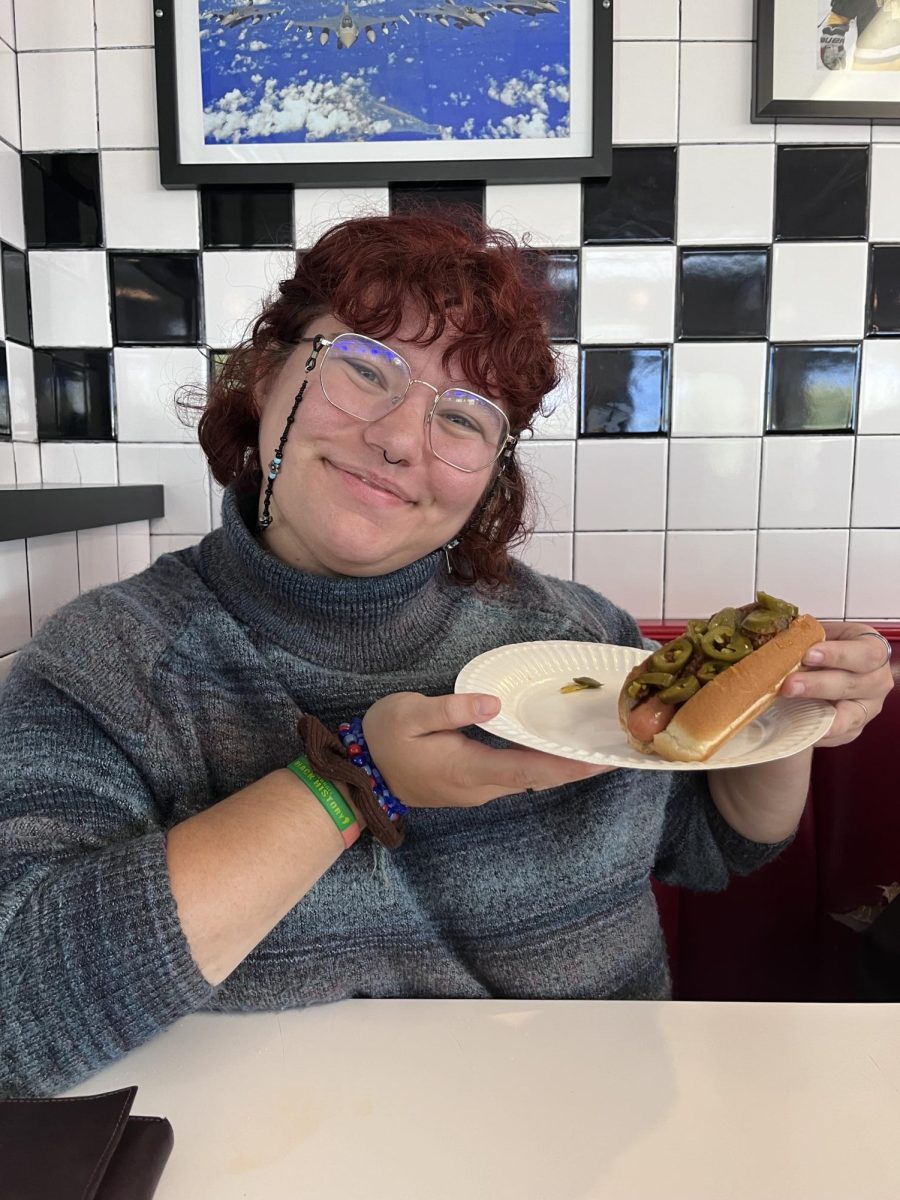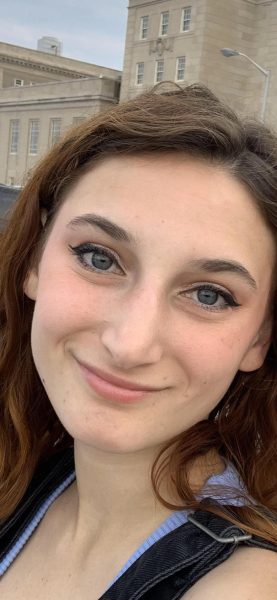Halloween is a day of goblins and ghouls, witches and werewolves, the dead and the un-dead. It is a holiday of costumes, candy and a history that runs deep.
According to the 2023 article “Samhain” from history.com, Halloween was known as the Celtic festival of Samhain (pronounced Sow-in, or Saw-in) two thousand years ago. This pagan celebration marked the end of summer, the harvest, the mark of a new year and winter’s coming, which was associated with death. The people who lived in the area-now known as Ireland-celebrated the New Year on November 1.
Like many holidays with pagan roots, Samhain was overtaken by the Catholic Church in the ninth century. The day was known as All Hallows Eve and was the celebration of All Saint’s Day, which was the next day. The festivities were held virtually in the same way as Samhain was.
Today, many Halloween traditions come from Samhain. Pagans believed the boundary blurred between the living and the dead the day before the new year. They wore costumes and lit bonfires to ward off any unwelcome spectral guests. Today, people wear costumes, and carve and light pumpkins instead of lighting bonfires.
Apple bobbing, another common tradition, comes from the Roman Empire and the incorporation of its holiday that celebrated the Goddess of harvest, Ponoma, whose symbol is the apple.
Many people who celebrate the season spend the end of September and the beginning of October preparing for Halloween, buying candy and costumes.
Those with creative talent make their costumes. Clothing stores sell items with classic characters such as ghosts, vampires, Frankenstein, and jack-o-lanterns.
Watching scary movies is a popular activity this time of year. The TV network ABC does 31 Days of Halloween, showing Halloween-themed films every night of the month. Arguably the most controversial film shown year after year is The Nightmare Before Christmas, a popular Tim Burton film released 1993. Is it a Halloween film? A Christmas movie? Both? The director of the film, Henry Selick, confirmed, “It’s a Halloween Movie” at the Telluride Horror Show film festival in 2015, but it’s become a tradition for movie lovers to continue the debate each year.
Haunted houses are also a fun and scary activity for people to enjoy, and there are a few located throughout Vermont. Haunted Mill, located in Winooski, is one haunted attraction worth visiting, according to vermonthauntedhouses.com. On the Mill’s website, hauntedmillvt.com, a warning states that those who are younger than 13 or have “any type of mental, physical, respiratory, or medical problems” should not enter. The cost of admission is $10, and as “A Screaming Good Fundraiser!” proceeds will benefit local charities.
For a more family-friendly attraction, check out the Great Vermont Corn Maze in Danville. USA Today just named this attraction number two on its list of 10 best corn mazes in the country. It features twenty-four acres of corn with three miles of twisting trails. The maze is a hike approximately two hours long. A shorter option is the Scenic Maze, which takes closer to 45 minutes. For more information and tickets, visit the website vermontcornmaze.com.
Groups on the Johnson campus always has activites to look forwards to around Halloween. The Polaris Theatre Company, in Dibden, has done several haunted houses in the past, and various clubs like Unity and the Coalition of Minority Students have plans to host events throughout the month of October. The best way to find out what is going on is to keep an eye out for “Where’s The Fun” emails or the giant whiteboard in the lobby of the Sterns building.


